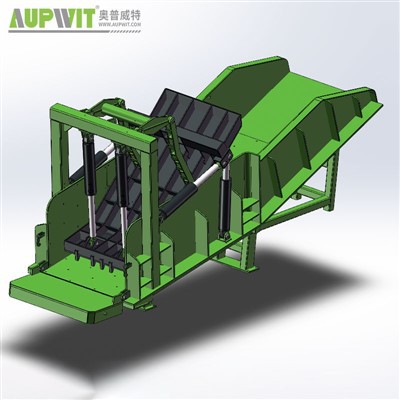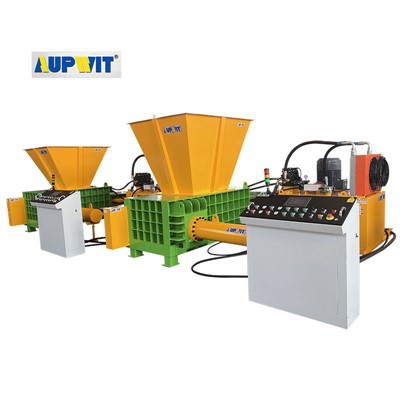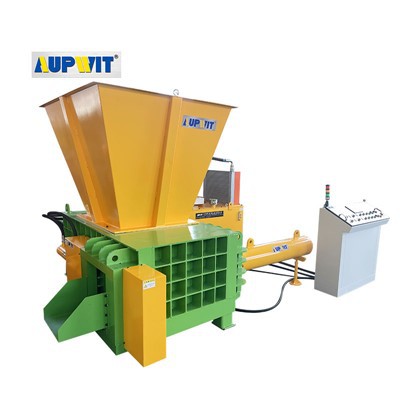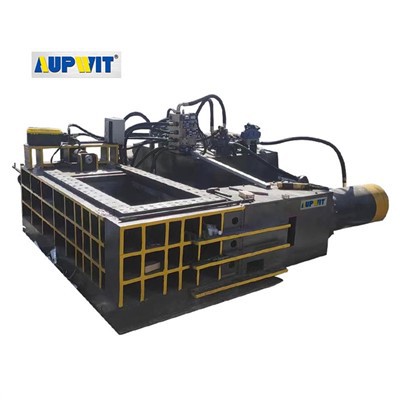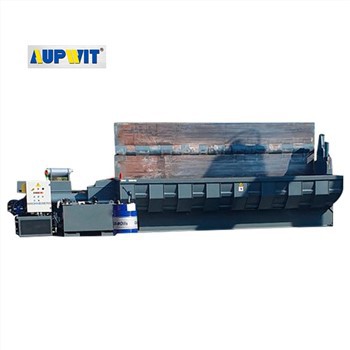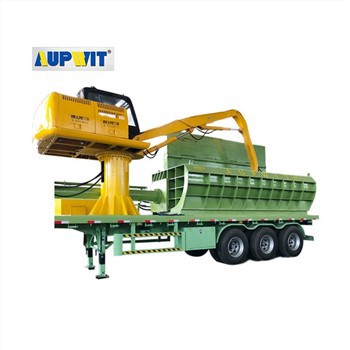1. Introduction
The coal briquetting press is a specialized machine designed to compress coal dust, fines, or powdered coal into compact, uniform briquettes. This process enhances combustion efficiency, reduces waste, and facilitates transportation. Widely used in metallurgy, energy production, and chemical industries, briquetting technology addresses environmental and logistical challenges associated with raw coal utilization.
2. Working Principle
A coal briquetting press operates through mechanical or hydraulic compression:
-
Feed System: Coal powder is fed into the press hopper, often mixed with binders (e.g., starch or lignin) to improve cohesion.
-
Compression: High-pressure rollers or pistons compact the material into molds, forming briquettes of standardized shapes (e.g., oval, pillow, or cylindrical).
-
Ejection: The solidified briquettes are discharged for drying or direct use.
Key parameters include pressure (typically 50–200 MPa), temperature, and binder ratio, which influence briquette density and durability.
3. Industrial Applications
-
Metallurgy: Briquettes serve as a reducing agent in blast furnaces, replacing coke in some applications.
-
Energy Production: High-calorific briquettes are used in boilers or gasifiers for clean combustion.
-
Waste Recycling: Converts coal byproducts (e.g., coke breeze) into usable fuel, minimizing landfill waste.
4. Advantages
-
Economic Benefits: Reduces coal transportation costs by 30–50% due to higher density.
-
Environmental Impact: Lowers dust emissions and improves combustion efficiency, reducing SO₂ and particulate matter.
-
Versatility: Adaptable to varying coal grades and additives (e.g., biomass for hybrid fuel).
5. Challenges and Innovations
Modern designs focus on energy-efficient motors, automated feeding systems, and wear-resistant materials to extend equipment lifespan. Future trends may integrate AI for real-time process optimization.
6. Conclusion
Coal briquetting presses offer a sustainable solution for coal utilization, aligning with circular economy goals. Continued technological advancements will further enhance their efficiency and environmental performance.


